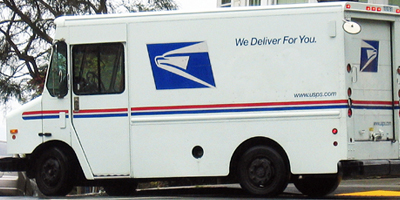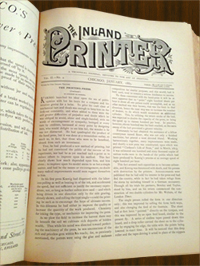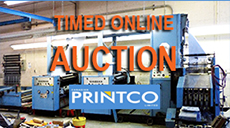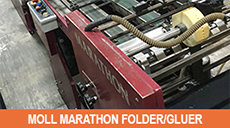The Wall Street Journal’s Suzanne Vranica recently wrote:
“Digital advertising continues to be the bright spot in the ad industry and it is expected to grow nearly 14% in the U.S. to $42.26 billion this year, according to research firm eMarketer”. Ms. Vranica goes on to say that besides the big names, Facebook and Amazon, more than 100 advertising technology start-ups are going to join the more than 90,000 marketing types at this year’s 10th annual Advertising Week in New York.
The abilities of marketers to drill down and reach each and every potential consumer, is growing at an incredible speed. Forbes magazine provided some more reflective news when they stated under the banner “Print’s True Killer”, “It’s not what’s on the front page that matter. New study confirms what Craigslist has long denied - its classifieds have cost newspapers more than $5 billion”.
Startling how an idea of connecting a bunch of computers together with phone lines, has morphed into such an incredible influence. The internet wields that much power. Even utility companies, those that supply essential services such as gas and electricity, are using the web to connect with customers but also to tweet updates and receive instant feedback.
There are many concerns for conventional Print as social media continues its growth spurt. Costs of materials, machinery and environmental issues, all instantly come to mind. But one concern trumps all others and it’s not the cost of print but the cost of delivering print! For the majority of developed countries the national postal service is Print’s biggest nemesis. Print is cheap and with press manufacturers constantly improving their machines, production costs continue to decline. But unless everything we do is a hand out (which it definitely isn’t), we are at the mercy of a delivery system that is also struggling.
 |
Postage and handling is a real problem. The U.S Postal Service (USPS) is essentially bankrupt and have just announced they cannot fund their future pension obligations. |
Postage and handling is a real problem. The U.S Postal Service (USPS) is essentially bankrupt and have just announced they cannot fund their future pension obligations. Costs can only rise. This now plays into the hand of on-line media. There would seem to be no solution. The next wave of electrophotography, Piezoelectric and liquid toner machinery will not address or correct the one big problem. . . . Delivery.
On-line ordering and delivery of goods (through the post) is expanding. Maybe, there is some hope that new revenue streams will help in off-setting the huge reduction of traditional redundant “snail mail”. More and more of this type of print has gone to a faster cheaper and, dare I say it, better delivery medium - the web.
The cycle of Print vs Technology does repeat itself.
 |
“More and more does the problem, how to find employment for willing hands, call for a solution. Labor-saving machinery makes cheaper the work of flesh and blood. Steel and iron, and steam and electricity have largely taken the place of muscle, of brain, we may perhaps say. Each invention found feasible does the work of many thousands of men, who are then cast adrift, to seek a living in other channels. The result is the large surplus of labor which is reported from every industrial center.
What is the remedy for this? Is there any? Let us see. The introduction of machinery obviates the necessity of long hours of labor, and all the work heretofore necessary to be done in ten hours might easily be performed in eight. Why not then, make eight hours a day’s work? Why not?”
|
|
The period after the U.S. civil war created great opportunities and also massive flops. These were boom and bust years that affected every part of society. The great railways, oil, steel and the telegraph made and lost fortunes. Printing developed its reputation for being first in decline when markets went south then first to recover when the economy picked up.
The venerable industry periodical – Inland Printer – was front and centre reporting on the printing industry of its day. For the rest of Inland Printer’s existence, it would go on to decry postal rates as the enemy of the industry but it was different then. There was no other medium that could transfer information as cheaply as Print.
|










